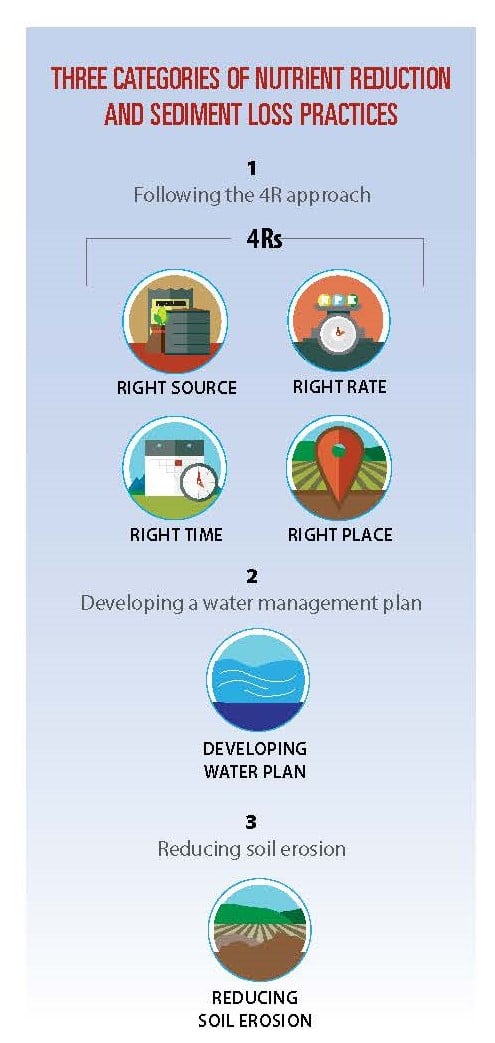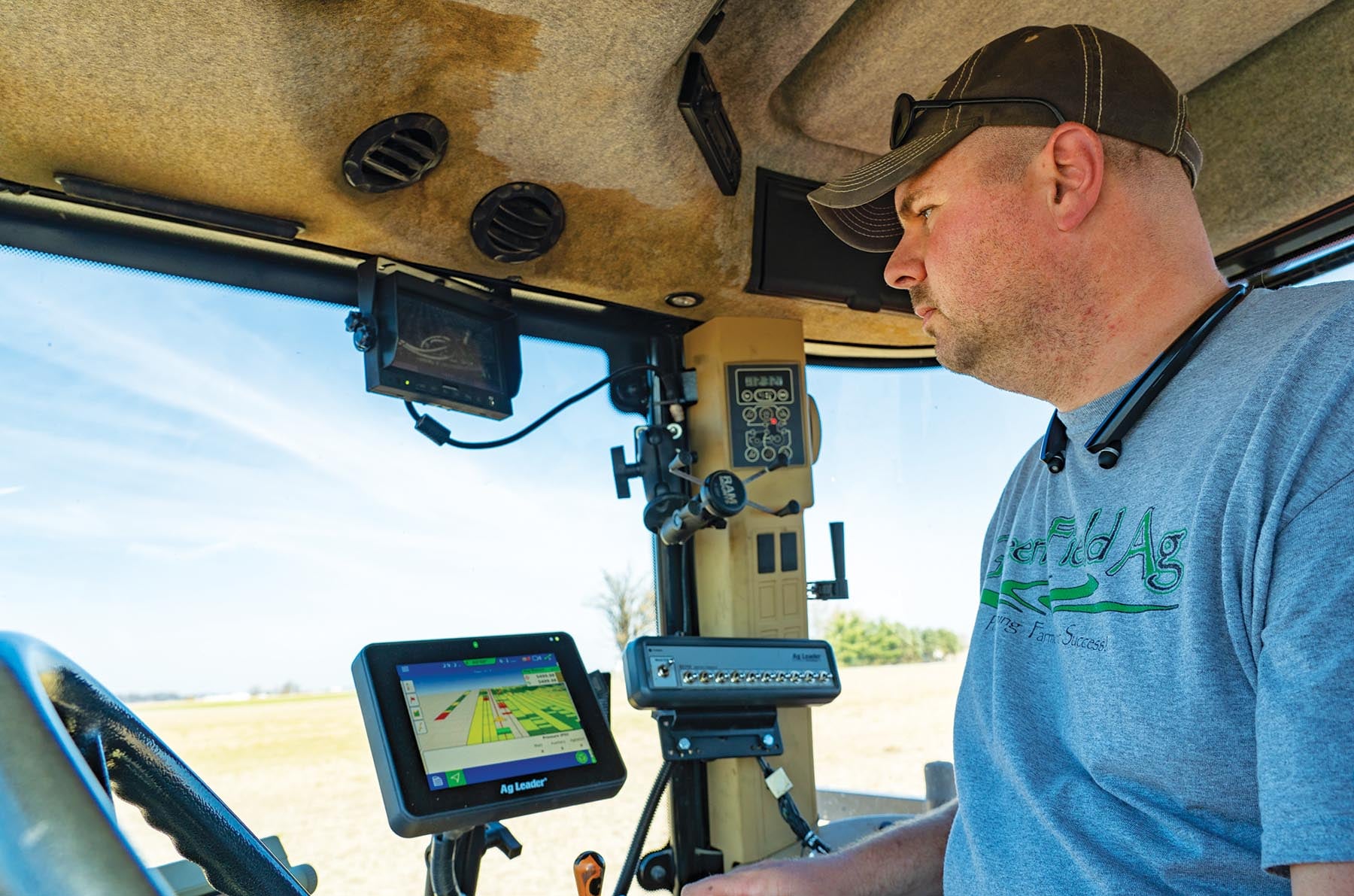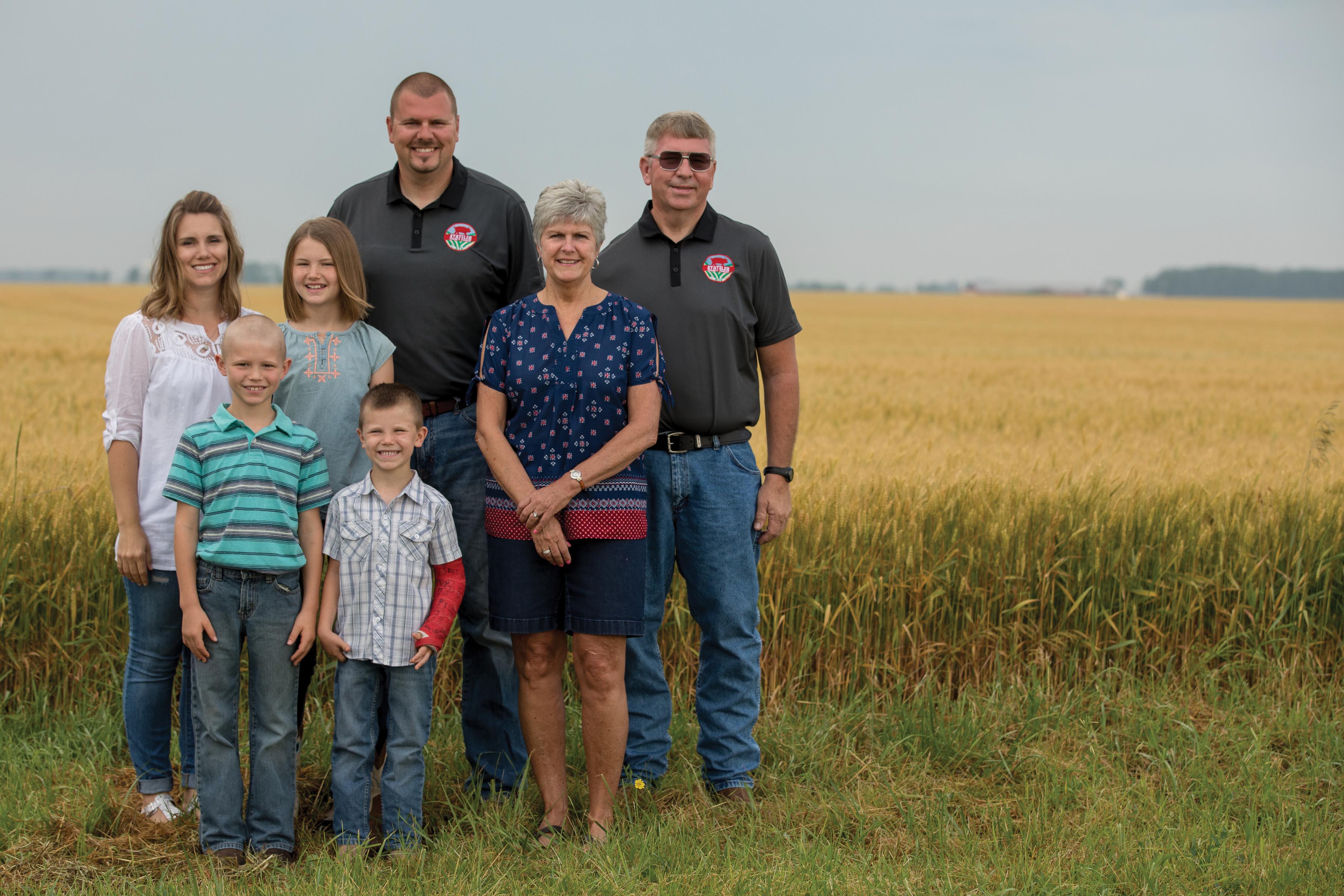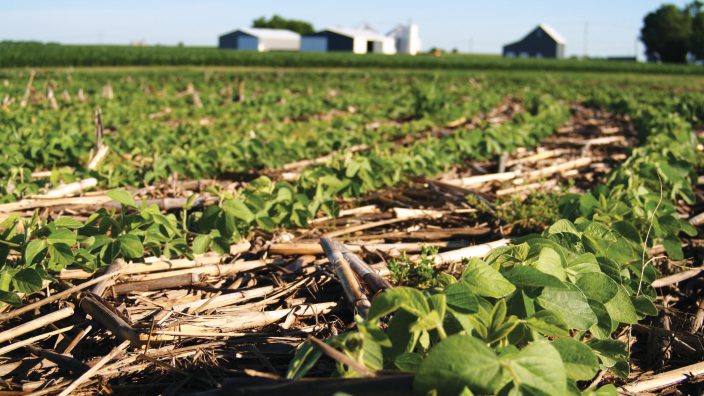Applications for Ohio Farm Bureau Health Plans now available
Members have three ways to apply: contacting a certified agent, calling 833-468-4280 or visiting ohiofarmbureauhealthplans.org.
Read More Four-part series highlights water quality work
Four-part series highlights water quality work
This is the first in a four-part series examining the conservation practices of farmers participating in the Blanchard River Demonstration Farms Network. The demo farms project is finding environmental and economic solutions to protect water quality via the right combination of traditional conservation practices and other innovative technologies. As a part of the network, three northwestern Ohio farmers within the Blanchard River Watershed are testing new and standard conservation systems in order to share their findings and experiences with others.
To learn more, visit the demo farms website.
Research being done at the Blanchard River Demonstration Farms and other related sites around the state is helping researchers determine what practices work best for reducing nutrient and sediment loss. Over the last five years, on-farm research has shown that following the 4R approach can help reduce nutrient and sediment loss.
The 4R Nutrient Stewardship principles provide proven best practices for the application of nutrients (commercial or manure) by using the right source of nutrients at the right rate and right time in the right place below the soil surface.

Right Source
To achieve desired yields most efficiently, a nutrient applicator should select a plant-available nutrient source that provides a balanced supply of essential nutrients while considering both naturally available sources and the characteristics of specific products.
How to achieve the Right Source
Coordinate nutrient analyses with soil tests
It is important to collect and test soil samples on a consistent basis. Additionally, a nutrient analysis should be completed on manure farmers plan to apply. The nutrient analysis should then be compared to the soil test results to ensure application of the nutrients a field and crop needs.
How it helps: Coordinating nutrient analyses with soil test results helps reduce the spread of unnecessary nutrients.
Right Rate
Every crop, field and soil has its own unique nutrient needs. When farmers blanket apply nutrients, however, they run the risk of placing too many nutrients in one place and not enough in the other — with the possibility of negative impacts on either the environment or the potential of that crop. Therefore, it’s important to use technology in a way that allows application of the right rate of nutrients for optimal results.
Solution to help achieve Right Rate
Variable or optimum rate application
Variable rate nutrient application allows crop producers to apply different rates of nutrients in different locations across the field, based on soil tests, with the help of precision technology like computers and GPS.
How it helps: Variable rate technology for fertilizer has been used by farmers and applicators for many years. It can improve water quality and plant health, as well as optimize fertilizer inputs. Manure, however, has typically been applied at an even rate across the field. New technology for manure application equipment is changing this practice.
Part 2 features the other 4Rs, Right Time and Right Place in the May/June issue of Our Ohio.



Members have three ways to apply: contacting a certified agent, calling 833-468-4280 or visiting ohiofarmbureauhealthplans.org.
Read More

Ryan Hiser has experienced first-hand the importance of having the opportunity to vote on issues that will affect his family operation and other farmers.
Read More

Bill Patterson, Cy Prettyman and Adele Flynn will continue to serve as officers for Ohio Farm Bureau Federation.
Read More

Delegates discussed many topics impacting agriculture including farmland preservation, local foods, and succession planning.
Read More

Twenty-six farmers govern the state’s largest farm and food organization.
Read More

The 2025 recipients are Fred Cooke (posthumous) of Richland County, Marvin Dietsch of Williams County, Steven Knollman of Hamilton County and Michele Miller (posthumous) of Ottawa County.
Read More

Nathan and Jill Parriman grow seasonal crops, including Christmas trees, pumpkins and cut flowers, providing U-cut experiences that invite customers to engage directly with agriculture.
Read More

The 2025 Distinguished Service Award recipients are Craig Adams, Mike Townsley, and Kellogg Farms, Kurt Farms and Stateler Family Farms.
Read More

Ohio Farm Bureau Treasurer Adele Flynn participated in the meeting, representing Ohio farmers.
Read More

For Ohio and PJM region, the outlook is reassuring—ample reserves and strong planning should keep the power on.
Read More